AP Wirephotos 90th anniversary

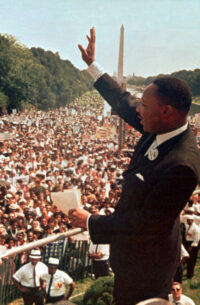
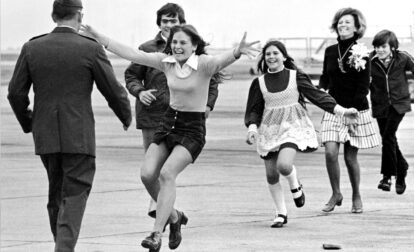

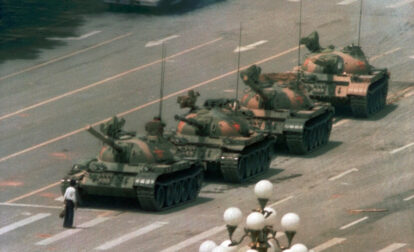



90 years of iconic photojournalism
Since Jan. 1, 1935, The Associated Press has been at the forefront of photojournalism, capturing the moments that shape our world. From the launch of the revolutionary Wirephoto service to today’s digital innovations, AP Photos continues to connect audiences with history as it unfolds. This year, we celebrate nine decades of Wirephoto, the technology that transmitted photos from 1935 to 1995, bringing unforgettable images to millions worldwide at near instantaneous speed.
We have unveiled ten new collections of the most iconic images from each decade, offering a snapshot of pivotal cultural moments, historical milestones, and groundbreaking innovations. From the defining events of the 1930s to today’s fast-paced digital news, these images are a testament to AP’s legacy and the power of visual storytelling.
Innovating for the stories of tomorrow
From the moon landing to the fall of the Berlin Wall, from the civil rights movement to the digital revolution, AP has documented the moments that shape our world. Now, to mark the end of our celebration of photojournalistic innovation, we invite you to relive the journey with our special anniversary video, Innovating for the stories of tomorrow.
Join us in celebrating the past, present, and future of AP photos.
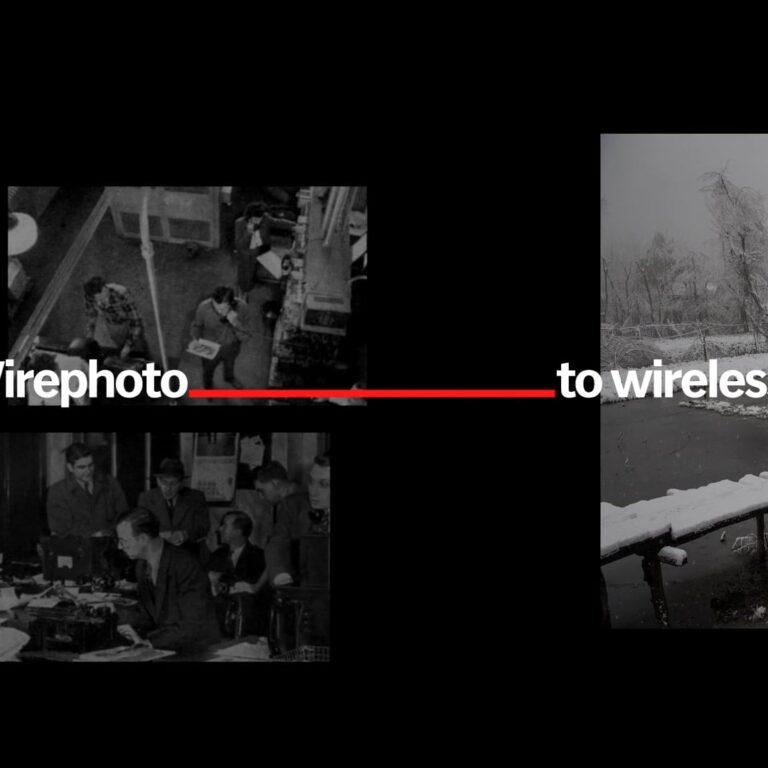
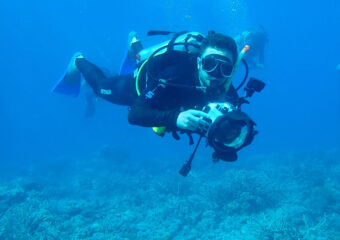
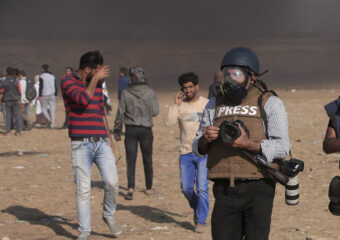
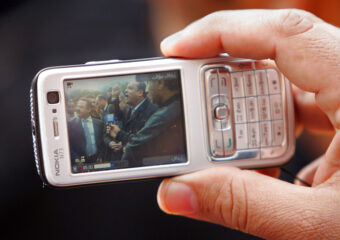
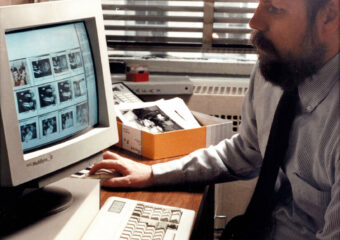
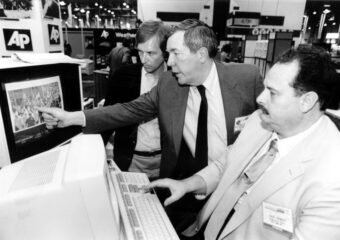
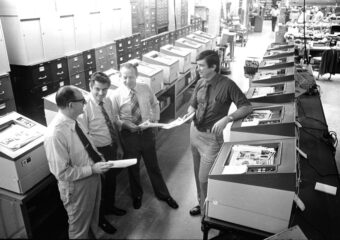
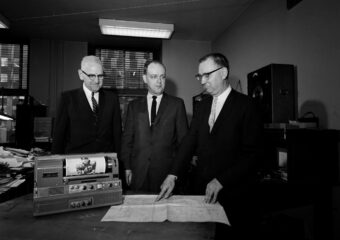
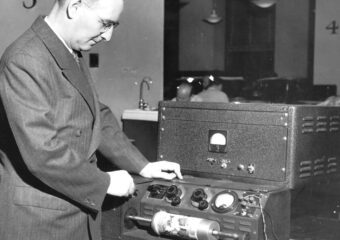












From wirephoto to wireless, 90 years of capturing history
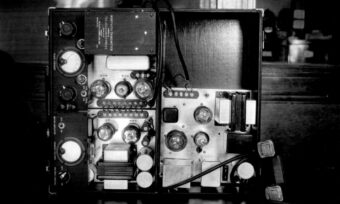
The dawn of the wirephoto
The first-ever Wirephoto transmission brings photographs to newspapers instantly on Jan. 1, 1935.
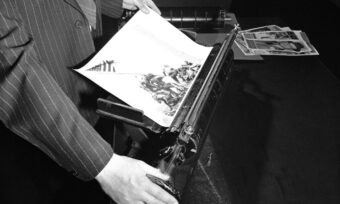
Technological refinements
By investing in the technology used to deliver Wirephotos, AP saw huge improvements in both the speed and quality of the image transmissions.
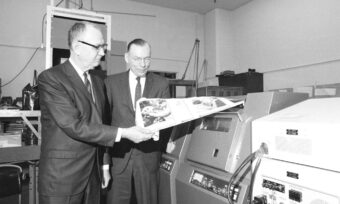
From the newsroom to the field
Electronic transmissions allowed AP photos to be shared from anywhere, culminating with the introduction of the portable picture transmitter, the AP Leafax in 1988.
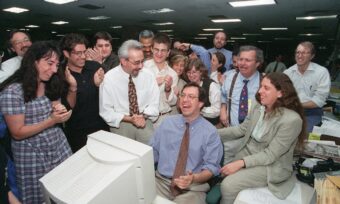
Taking the leap into the digital sphere
The AP Photostream introduces fully digital photo transmission to news corporations worldwide, accelerating breaking news photography delivery.

Instant, global, visual
AP Photos is committed to staying at the forefront of journalism in the digital age – our library spans 90 years, but that doesn’t mean we’re old news.
AP Wirephotos: Making AP Photos what it is
In the midst of the Great Depression, The Associated Press set out to achieve something revolutionary for journalism: making images as immediate as words. On Jan. 1, 1935, AP launched its groundbreaking Wirephoto service. This innovation – the ability to transmit images over a vast network of telephone lines – inaugurated modern photojournalism. These were today’s pictures, today.rnrnBefore Wirephoto, news photos could take days to arrive, traveling by mail, train, plane, and by motorcycle courier within New York City. AP General Manager Kent Cooper hired the AP’s first photographers in 1928 but sought a method of delivering images simultaneously with text.
On Jan. 1, 1935, chief engineer Harold Carlson sent a haunting aerial image of a plane that had crash-landed in the Adirondacks to 47 newspapers in 25 cities who had elected the service. Wirephoto grew quickly, transmitting images like Jesse Owens competing in the 1936 Berlin Olympics, the explosion of the dirigible Hindenburg, and Joe Rosenthal’s picture of U.S. Marines raising an American flag on the Japanese island of Iwo Jima during World War II on Feb. 23, 1945. That picture arrived in newspapers only 17 and a half hours after Rosenthal snapped it.
